Nationality British Parents Cyrus Cuneo Role Artist | Name Terence Cuneo Awards CVOOBERGIFGRA | |
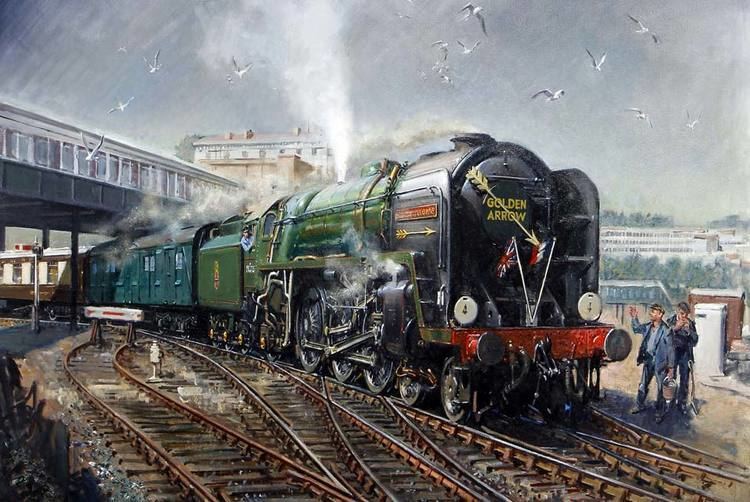 | ||
Notable work Coronation of Queen Elizabeth II (1953)Concourse of Waterloo Station (1967) Died January 3, 1996, London, United Kingdom Artwork Service to industry, British Railways Known for Portrait, Landscape, Illustration Similar Dennis Flanders, Philip D Hawkins, Edward Bawden | ||
Terence cuneo interview
Terence Tenison Cuneo CVO, OBE, RGI, FGRA (1 November 1907 – 3 January 1996) was a prolific English painter famous for his scenes of railways, horses and military actions. He was also the official artist for the Coronation of Queen Elizabeth II in 1953.
Contents
Railway Artist (1960)
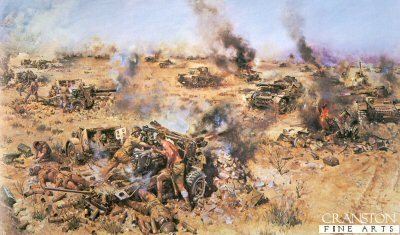
Life and work
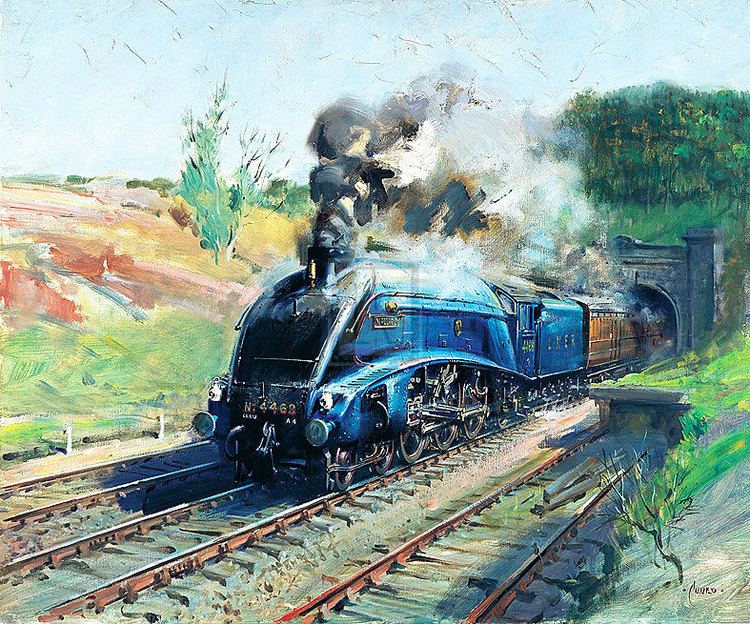
Cuneo was born in London, the son of Cyrus Cincinato Cuneo (1879-1916) and Nell Marion Tenison (1881-1964), artists who met while studying with Whistler in Paris. Cyrus Cuneo's elder brother Rinaldo Cuneo was also an acclaimed painter in San Francisco, as was his youngest brother Egisto Cuneo. Terence Cuneo studied at Sutton Valence School in Kent, Chelsea Polytechnic and the Slade School of Art, before working as an illustrator for magazines, books and periodicals. In 1936 he started working in oils, continuing with his illustration work. During World War II he served as a sapper in the Royal Engineers but also completed a small number of commissions for the War Artists' Advisory Committee, providing illustrations of tank and aircraft factories. He served and became good friends with fellow artist Cyril Parfitt.Also during the War, Cuneo was commissioned by the Foreign Office to produce anti-Nazi drawings and cartoons and an exhibition of his war works was held at the Palaquin Fine Arts gallery in 1942.

After the war, Cuneo was commissioned to produce a series of works illustrating railways, bridges and locomotives. A significant point in his career was his appointment as official artist for the Coronation of Elizabeth II, which brought his name before the public worldwide. He received more commissions from industry, which included depicting manufacturing, mineral extraction and road building, including the M1. He was most famous for his paintings of engineering subjects, particularly locomotives and the railway as a whole. But in fact Cuneo painted over a wide range, from big game in Africa to landscapes. Further success was achieved in his regimental commissions, battle scenes and incidents as well as portraits (including H.M. the Queen, and Field Marshal Montgomery).

From 1954 his works included a small mouse, sometimes lifelike, sometimes cartoonish. These became his trademark after 1956. They can be difficult to detect, and many people enjoy scouring his paintings to find one. Even some of his portraits of the famous contain a mouse.
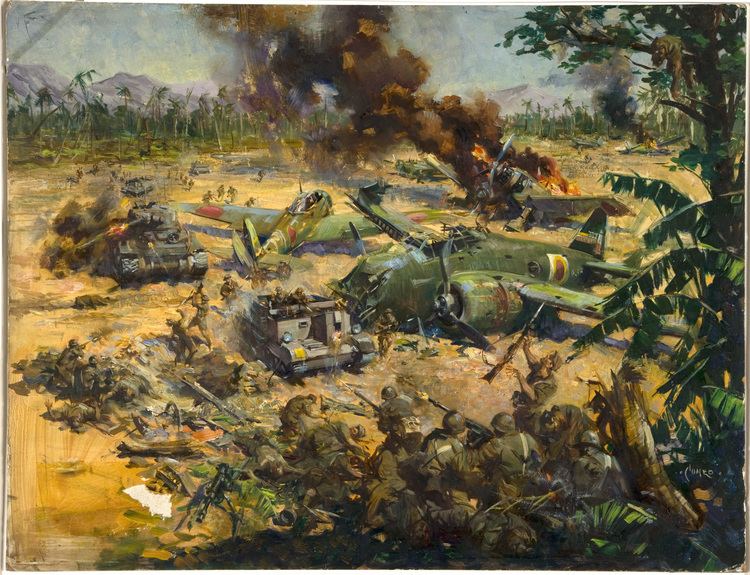
His work has been used in a variety of manners, from book jackets and model railway catalogues to posters and jigsaws and even Royal Mail postage stamps. His paintings have appeared on both Great Britain and Isle of Man stamps. His work can also be found in many museums, officers messes, and galleries, including Guildhall Art Gallery, Lloyd's of London and the Royal Institution.
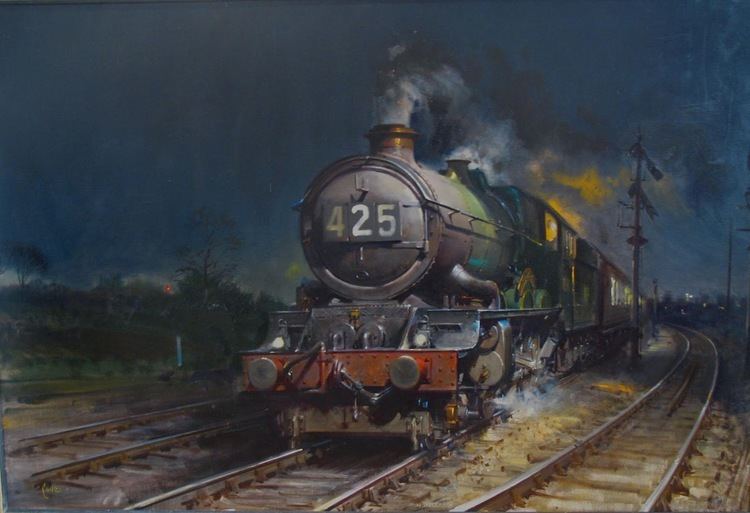
Cuneo was awarded the OBE and was a CVO. A 1.5 times life size bronze memorial statue of Cuneo, by Philip Jackson, stood in the main concourse at Waterloo station in London for many years, but has now been relocated to Brompton Barracks, Chatham. It was commissioned by the Terence Cuneo Memorial Trust (established March 2002) to create a permanent memorial to the artist, together with an annual prize at the Slade School of Art, given by the Trust. In tribute to Cuneo's trademark, the statue includes a mouse peering from under a book by the artist's feet, and another carved into the statue's plinth near the ground. The official handover of the statue and its dowry to the Institution of Royal Engineers took place on 12 July 2017 with Carole Cuneo (representing the Statue Memorial Trust), Colonel Nigel Montagu (representing the Institution of Royal Engineers) and Chris Wheeler (Chairman of the Cuneo Society) each giving short speeches.
